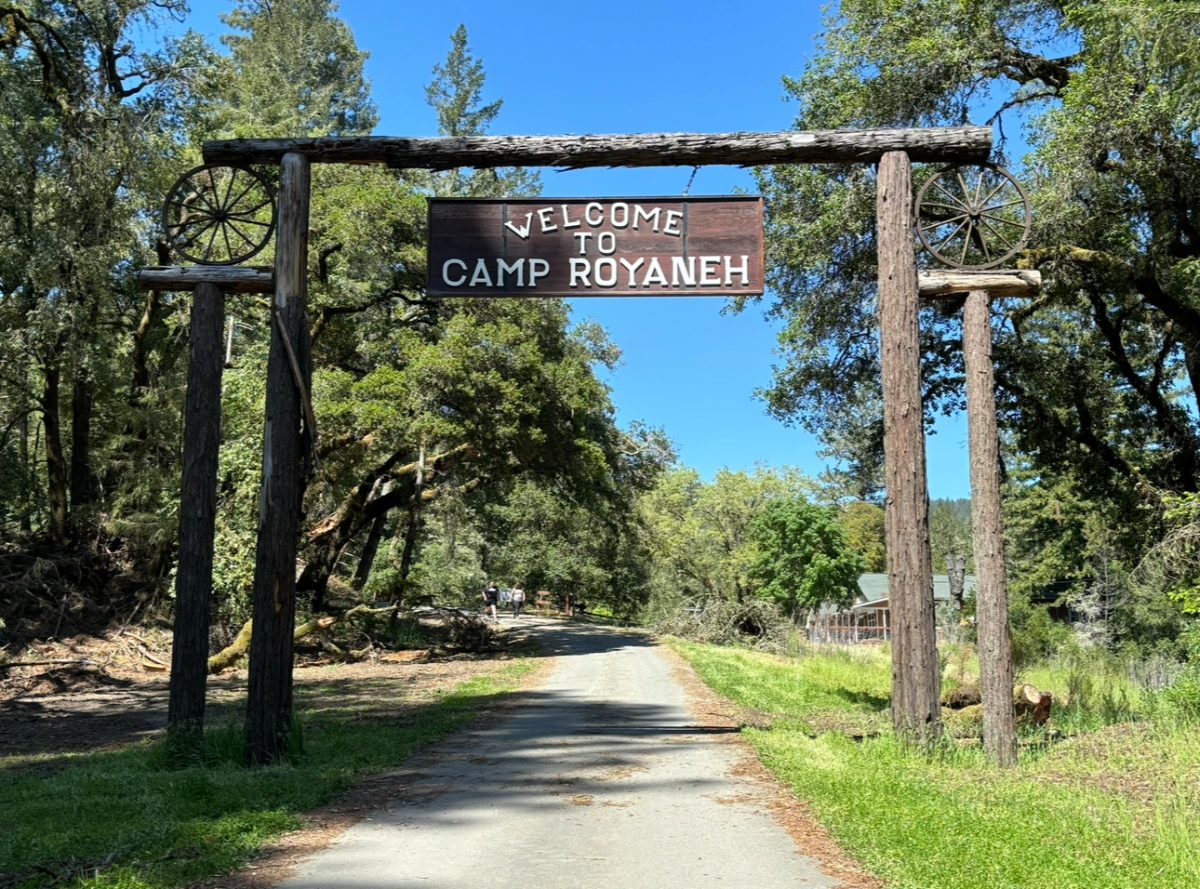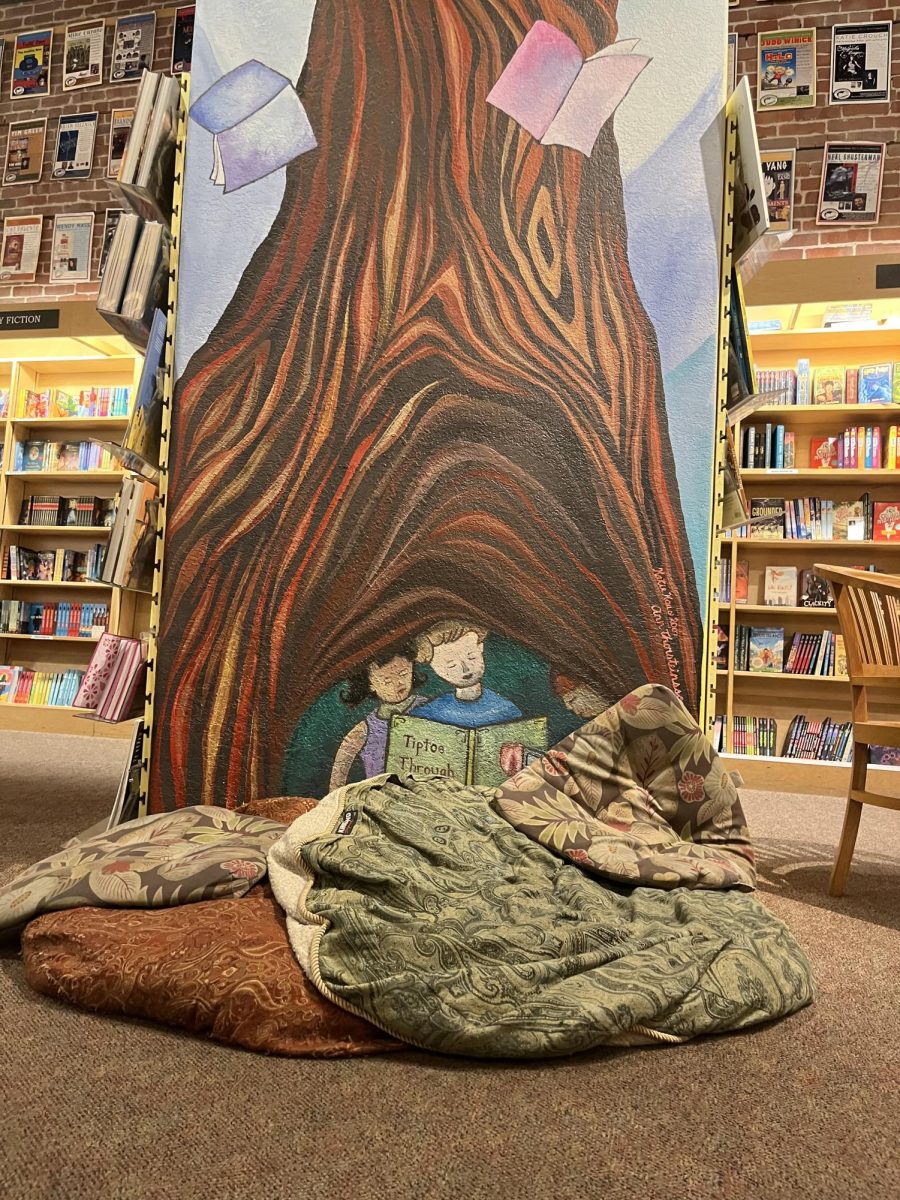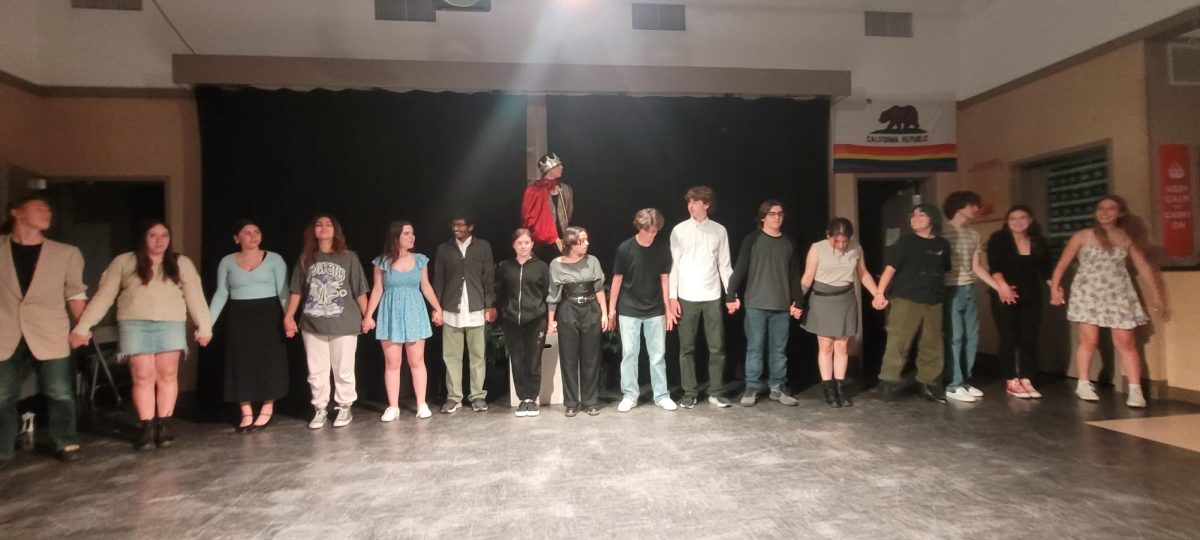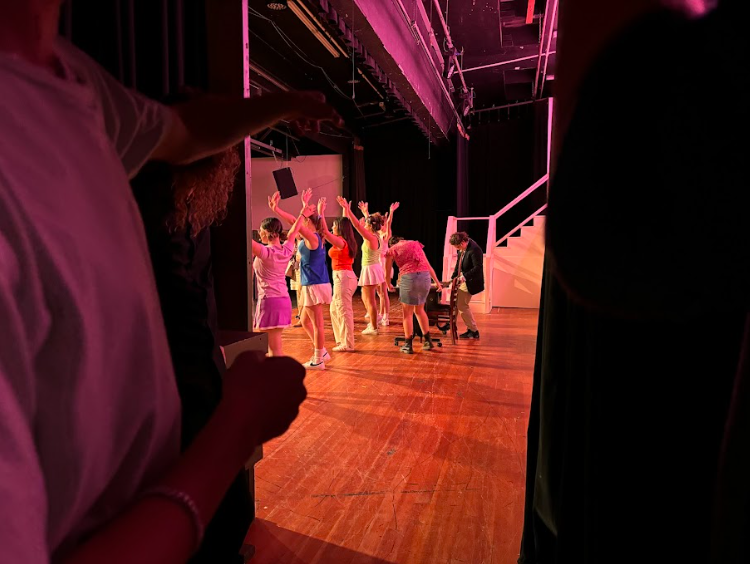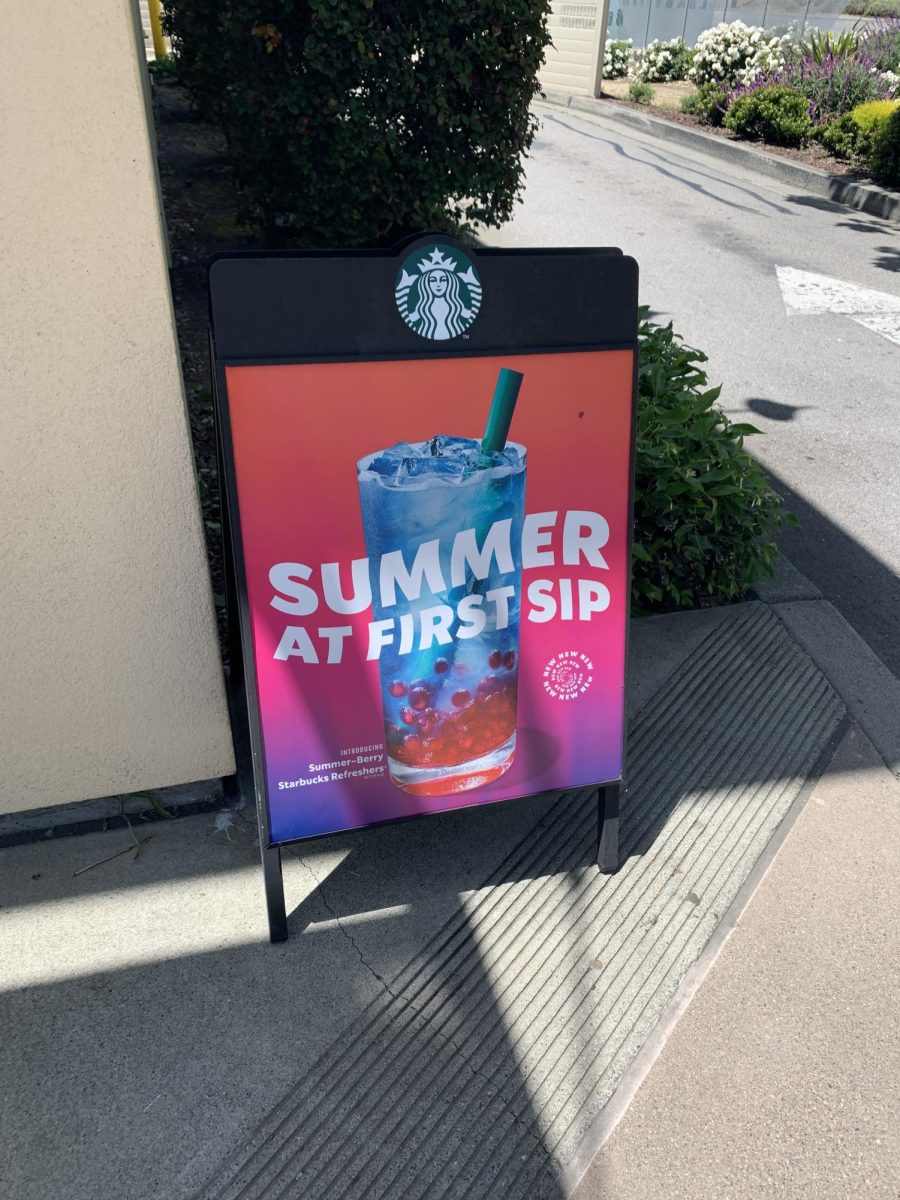As students approach the end of their time in high school, many prepare to receive their diplomas. This signifies that they have completed all of the requirements to graduate; however, this is not the only option. Students may also be awarded a Certificate of Completion, which proves that they have finished high school, even if they haven’t met all of the graduation requirements due to special needs. This certificate comes from the California Transition Alliance, a non-profit organization that is committed to helping young people in the transition from schooling to finding careers. Their main focus is to “increase access to information for Californians with intellectual and developmental disabilities” (California Transition Alliance Homepage).
In Petaluma, when students finish high school with a Certificate of Completion, they are eligible to apply for what is called the Petaluma Transition Program. The program is described on their website as a “community-based program [that] focuses on vocational and independent living skills, self-advocacy, and community integration. Students participate in both classroom and community-based instruction which provides opportunities for functional academics, peer interaction, and integration with a variety of community resources and local businesses, including job coaching and training” (Petaluma City Schools). To be accepted into this program, the district of the student must send in a referral form and related documents to the Transition Program’s psychologist. Upon receiving said documentation, members of the Sonoma County Office of Education (SCOE) review and decide on possible placement and potential goals for the student.

The program manager, Amanda Kirk, discussed the three domains that they focus on. The first focus is on functional academics. This includes reading signs, recipes, navigating directions, writing emails, and job applications. The second domain is vocational, where students work on job skills and volunteering. For example, Kirk brought up their work with CVS, where students participate in a 12 week training program, and if those students do well, they have the opportunity to receive job offers. Participants in the transition program have also worked with charities like Una Vida, in learning how to take in and organize donations. Students are placed in workplaces based on physical needs, how well they follow directions, and their ability to follow safety and hygiene protocols. The third domain of social skills comes from student and teacher interactions in various pretend scenarios. For Valentine’s Day, they practiced this by asking the question: “What would you do if someone asked you out on a date and you didn’t feel the same way?” They then discussed different ideas and ways to handle this.

A typical day at the Petaluma Transition Program starts at 7:45am, and most students take a bus to get there. Teachers open up the morning with a “Question of the Day,” which gets everyone talking, moving, and ready for the day. From there, they head to their respective volunteer/workplaces until 11:30. For the next hour at school, they work on classroom activities, including subjects like budgeting, before breaking for lunch around 12:30. Afternoons are filled with guest speakers, until their day ends at 1:45. This is essentially their schedule from Monday to Thursday. Fridays are reserved for community outings, where students and staff go to local places like the pumpkin patch, McDonald’s, and various stores around town. A student named Liam shared, “My favorite activity is going on field trips.”
Kirk shared that this program is so unique because of their amazing teachers, Jesse Jirik and Katie Macdonald. One student Talha explained, “I have a wonderful teacher who helps me with the help I need and I get to learn the things I want to learn.” Kirk described the teachers as “the guiding lights” of the project. Just this past December, they submitted an entry into the Petaluma’s Gingerbread Contest, where they won 1st place for Petaluma Pride and 2nd place for teens.

Kirk’s goal for the program is to continue to expand the scope of the students that they support. She also talked about how helpful it could potentially be to have more space. For example, they currently have a gardening program, and if it became in-house, “more students who aren’t ready to be out in the community for whatever reason, such as medical needs, could get more experience through a school-based business,” she shared.
Another one of their goals is to prepare students to possibly apply for the Santa Rosa JC’s College to Career Program (C2C). This is because the PTP can only help students until they are 22, whereas the C2C Program can take students any age above 18. This is a three year program that helps students with disabilities gain career choices and experience. Partnered with the Department of Rehabilitation and the State of California Department of Developmental Services, they are very competitive in only taking 20 students a year. However, these 20 students gain support, experience, and many resources through the program.
Through dedicated staff and multiple resources, the students in the Petaluma Transition Program receive a variety of support. This program helps set them up for achievements in their futures, and ensures that they will be successful.
Sources:
- High School Graduation Options for Students with Disabilities: https://undivided.io/resources/high-school-graduation-options-for-students-with-disabilities-478
- California Transition Alliance: https://catransitionalliance.org/advocacy/
- Petaluma City Schools- Petaluma Transition Program: https://www.petalumacityschools.org/domain/2528
- Sonoma County Office of Education – Transition Program: https://www.scoe.org/pub/htdocs/specialed-transition.html#:~:text=The%20goal%20of%20the%20Transition,including%20securing%20competitive%20integrated%20employment
- Santa Rosa Junior College- College to Career Program: https://drd.santarosa.edu/college-career-program-c2c



